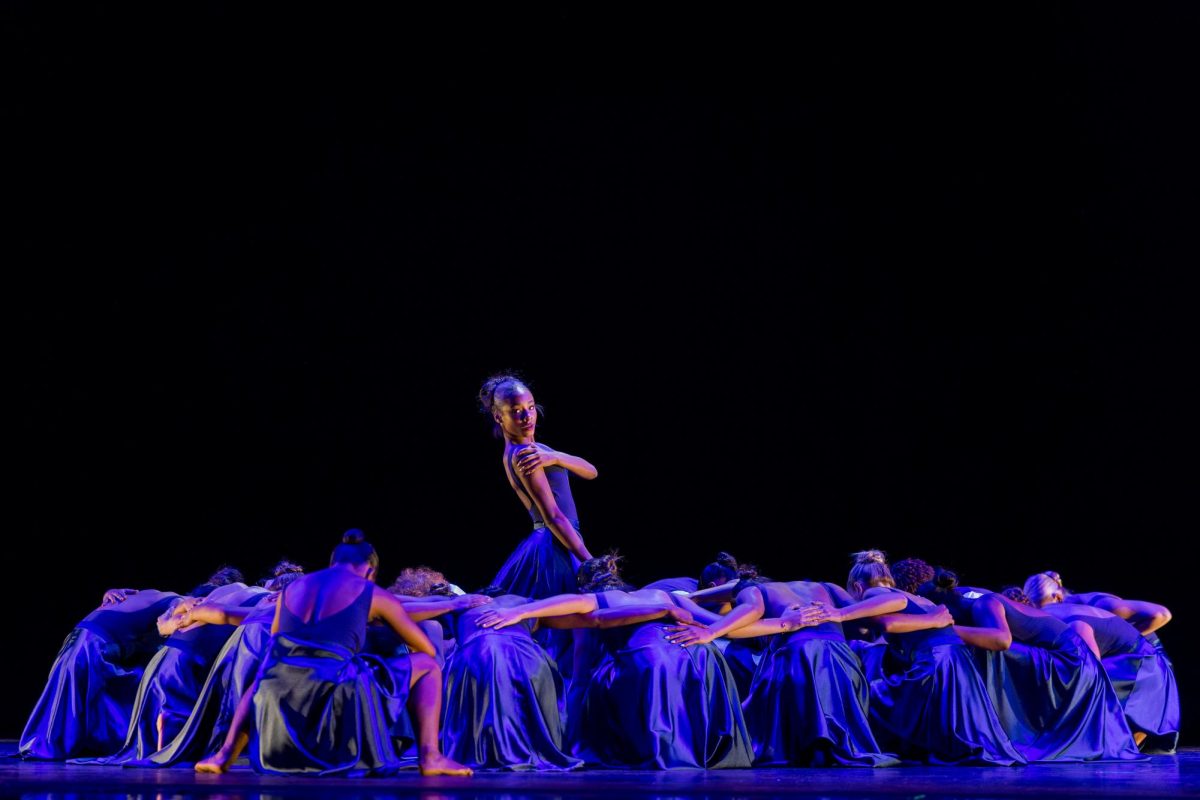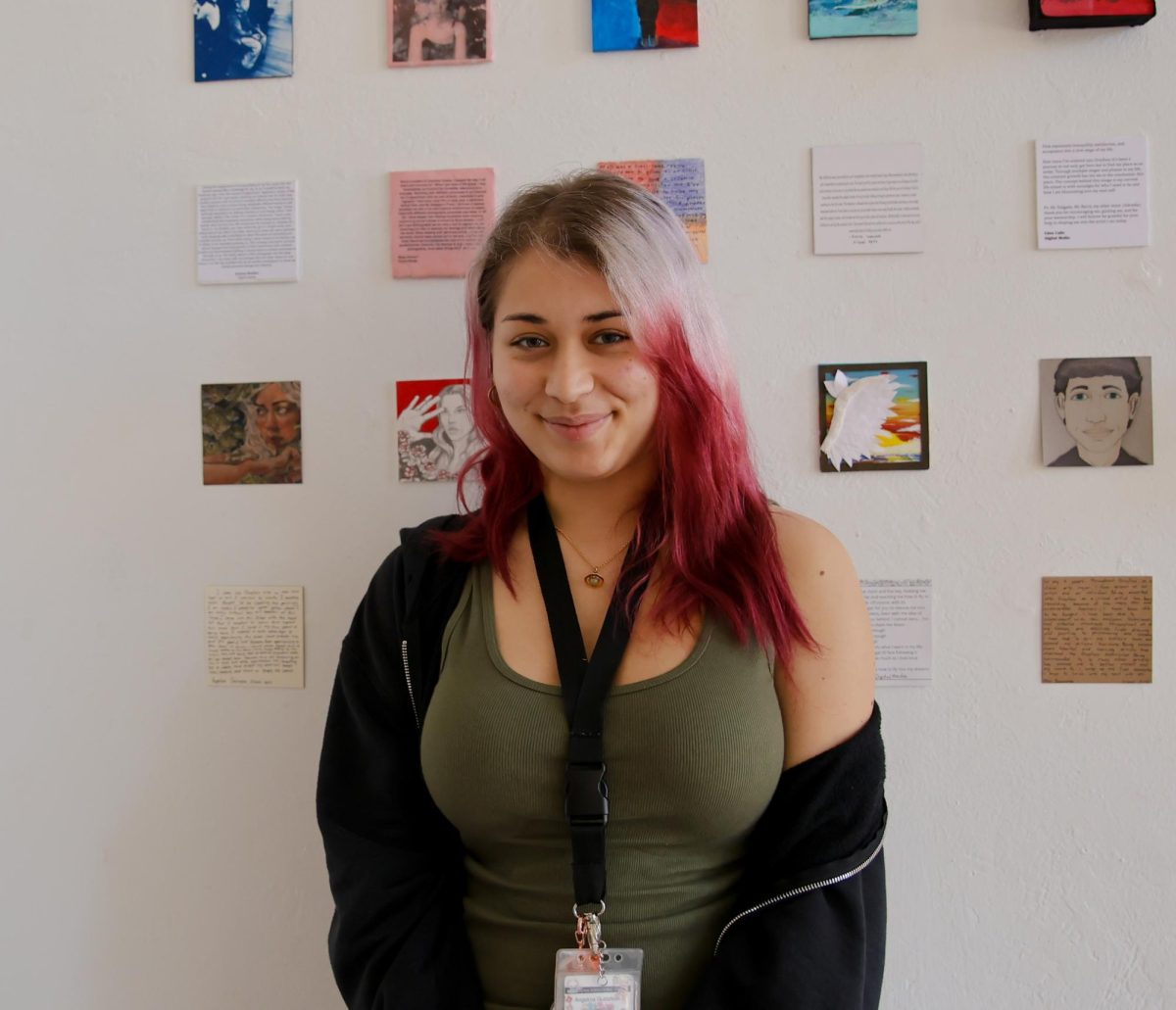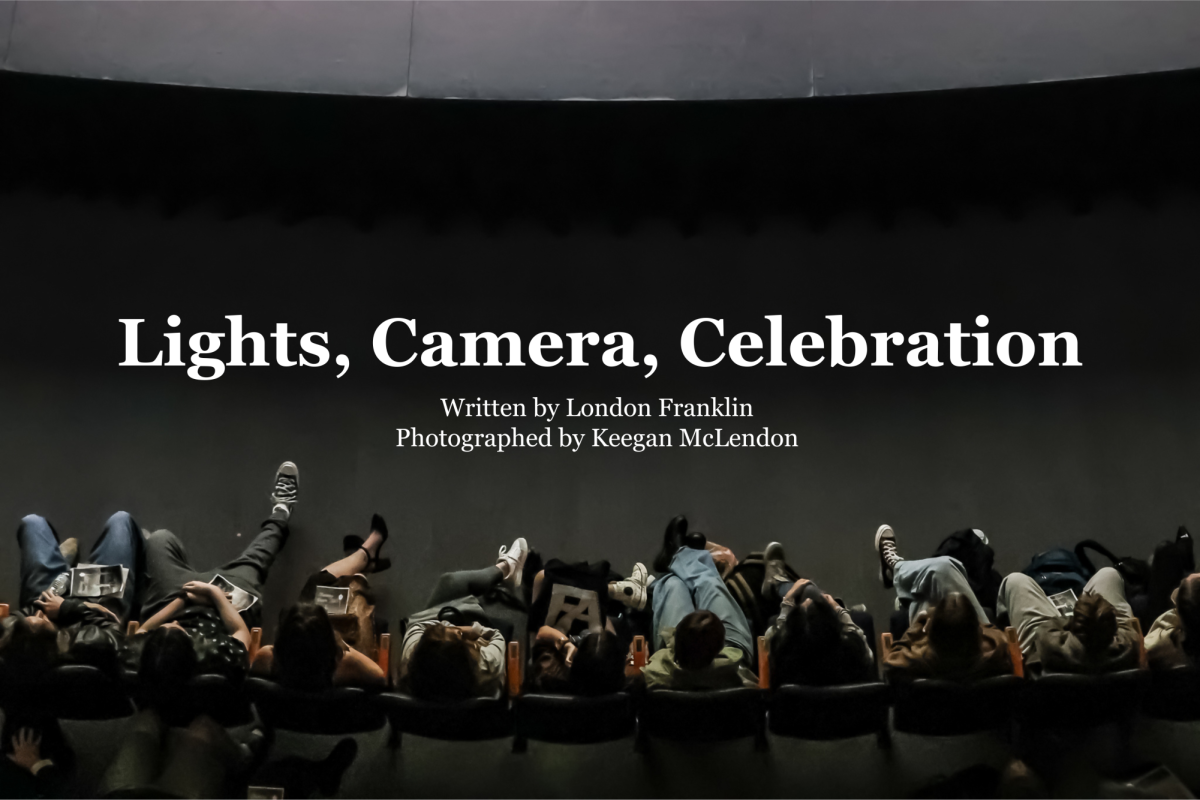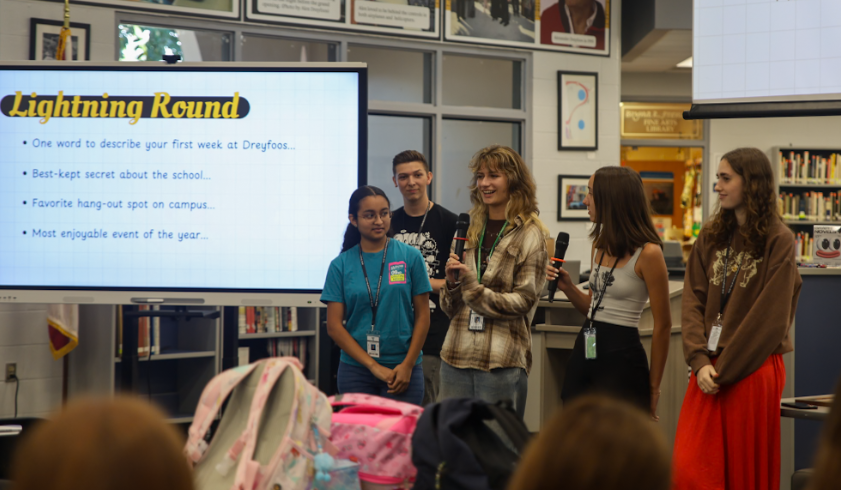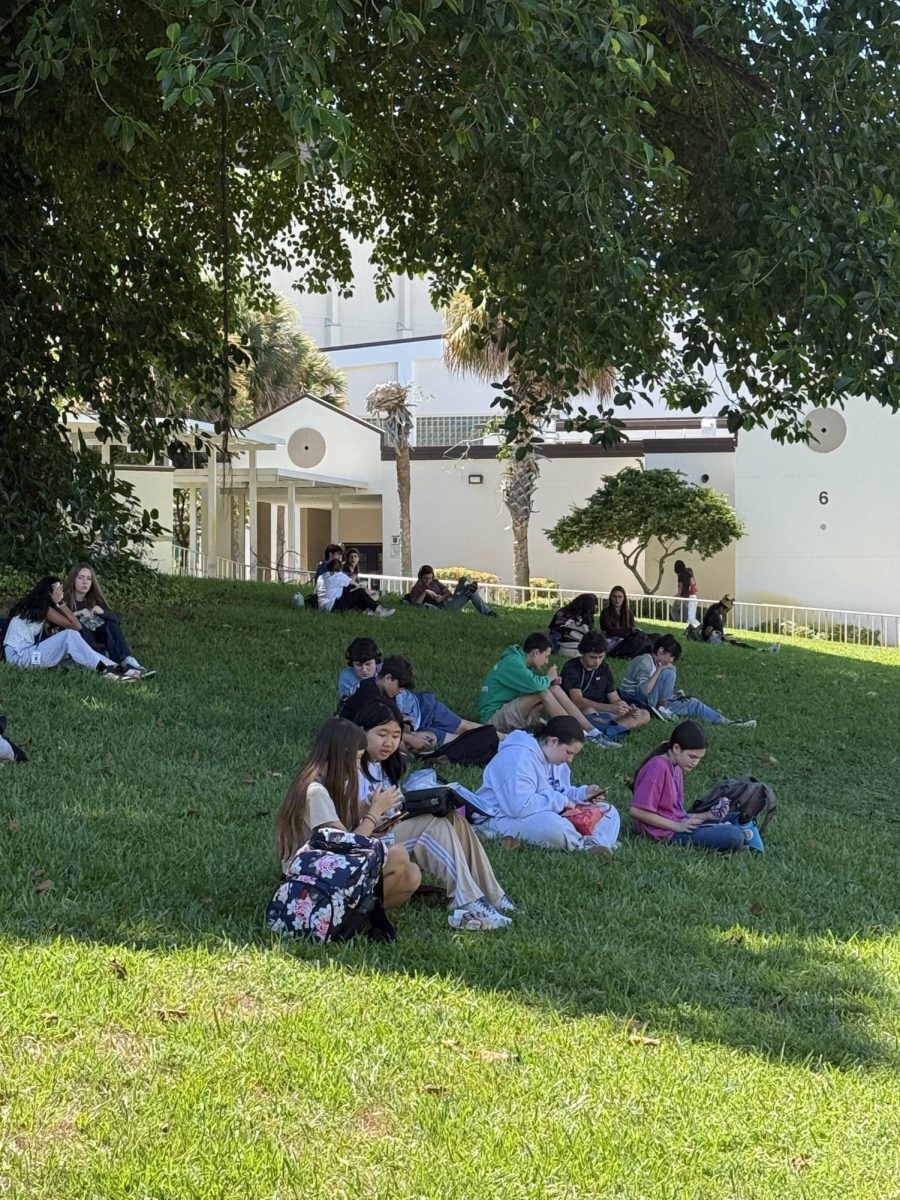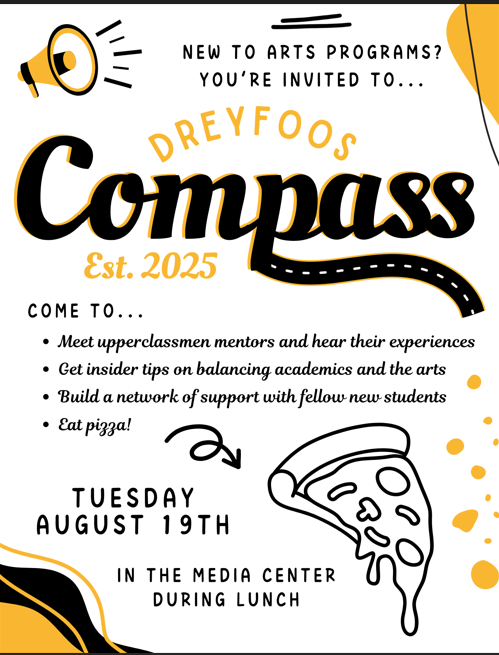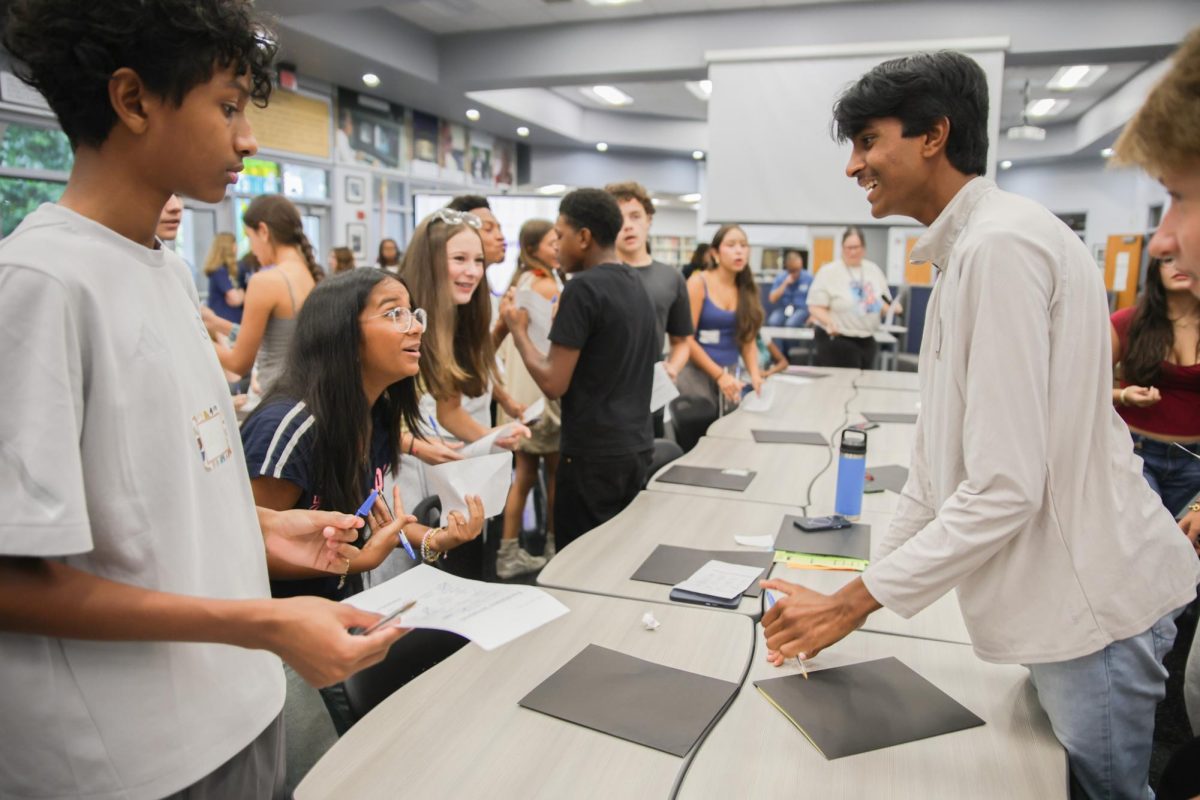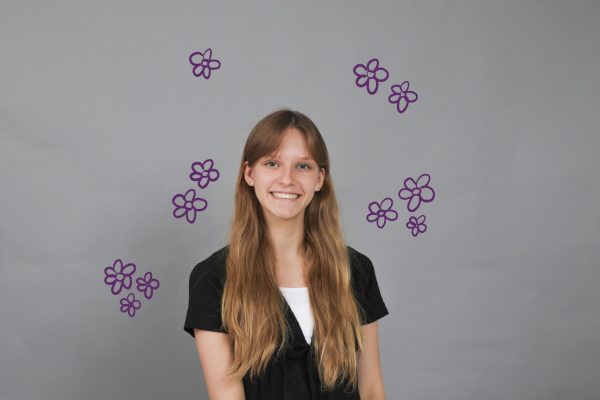Concertgoers mingle in the aisles of Meyer Hall while a recording of a light jazz instrumental plays softly from the speakers. As the lights start to dim, the conversations fizzle into whispers as audience members gaze upon the stage. 20 students, some holding glimmering brass and silver instruments, file to their positions. After a brief introduction by jazz director Christopher De Leon, a soft, “one, two, three” incited the first notes of the song, “Now What,” composed by Mike Kamuf.
On Nov. 19, Jazz Ensembles 1, 2, and 3 held their annual November Jazz Night Concert containing over 60 student performers divided into brass and rhythm sections along with three pieces that featured accompanying vocalists.

“I enjoy the atmosphere of performing,” trombone player and band senior Amy Maloon said. “Whenever I’m performing, even though I’m worried about playing stuff correctly and trying to play out the feeling correctly, I still just focus on having fun with my other jazz members.”
The concert featured 15 musical selections, many of them originally played by award-winning jazz musicians from the 1900s, including Frank Sinatra, Duke Ellington, and Quincy Jones. Vocal senior Grace Little said she was “very excited” to sing her piece “At Last,” a song originally performed by jazz singer Etta Jones in 1941, alongside Jazz Ensemble 3
“It’s a very famous piece that’s been performed again and again and again,” Little said. “It’s such a beautiful song. I listened to the track and a lot of different recordings of it (to see) how I can make it uniquely my own.”
To prepare for the concert, students rehearsed with other band members, studied music charts, and listened to the pieces individually. Each piece included two to three student solos that were either improvised or pre-written by the soloist.
“I like to write out my solos in a music app that I have before actually playing them,” saxophone player and band sophomore Mikaela Peros said. “When I play in class, I figure out which parts I like and which parts I want to change. A lot of the licks (musical phrases) that I use I have heard in other songs or in the recording of the song that we are playing although I still make up ones to play.”
After each solo or during the performance, the audience was able to applaud, an aspect that trombone player and band junior Colin Gallogly said makes jazz “a bit more relaxed than other forms of music.”
“Cheering during solos or during an awesome section is not only allowed but encouraged at a jazz concert, and this is really unique to jazz,” Gallogly said. “Other forms of music are a bit more rigid in customs and formality, but jazz brings the heat, and the crowd is able to react to it.”
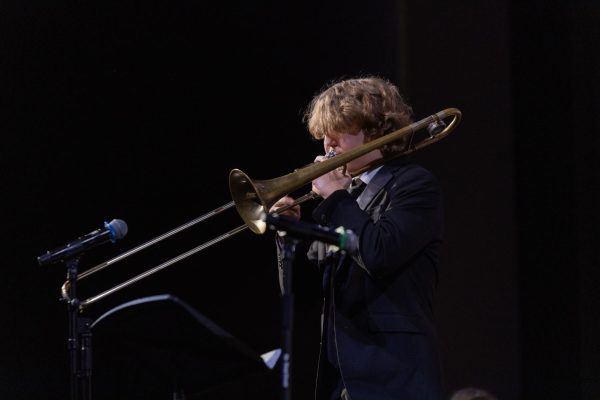
Concert attendee Carmen Negrin originally came to the performance with her five-year-old daughter to support her son’s friends who were performing during the first set, intending to leave during the intermission between Jazz Ensembles 3 and 2. However, Negrin said she decided to stay and was “blown away” by the concert.
“With my daughter here, the audience participation is why we stayed,” Negrin said. “I overheard the audience, and I thought maybe she could fit in. She was able to applaud versus the classical-type concerts where you have to be quieter.”
Jazz ensemble members have already begun preparing for their next performance, the Prism music concert, taking place Dec. 11.
“Concerts are important because they share live music with the world,” Gallogly said. “Without concerts, no one would know how the musicians feel about the music, and I believe our attitude affects the audience.”
Gallogly said that throughout the two years he has been a part of Jazz Ensemble 2, the students have “turned the band into a sort of family.”
“Everyone in jazz works so hard,” Gallogly said. “I’ve got all their backs, and I know they’ve got mine. It’s a great community and an amazing environment to learn and improve while making friends along the way.”








